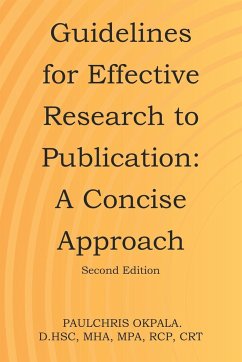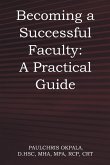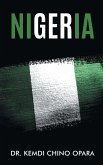Dr. Paulchris Okpala is a full-time professor in the Department of Health Science and Human Ecology at California State University, San Bernardino, California. He is also the interim executive director of faculty development and program director and master of science in health service administration at California State University, San Bernardino. In addition, Professor Okpala, a licensed respiratory care practitioner in California, served as health care executive of Southern California academic affairs chair. Professor Okpala, a distinguished scholar, has authored over thirty peer-reviewed scholarly journals, appearing primarily in the Journal of Healthcare Management and the International Journal of Healthcare Management. He has also presented his intellectual work and publications at national and international professional conferences. High-tier journal editors have also invited Professor Okpala to perform editorial jobs for professional or academic publications.








